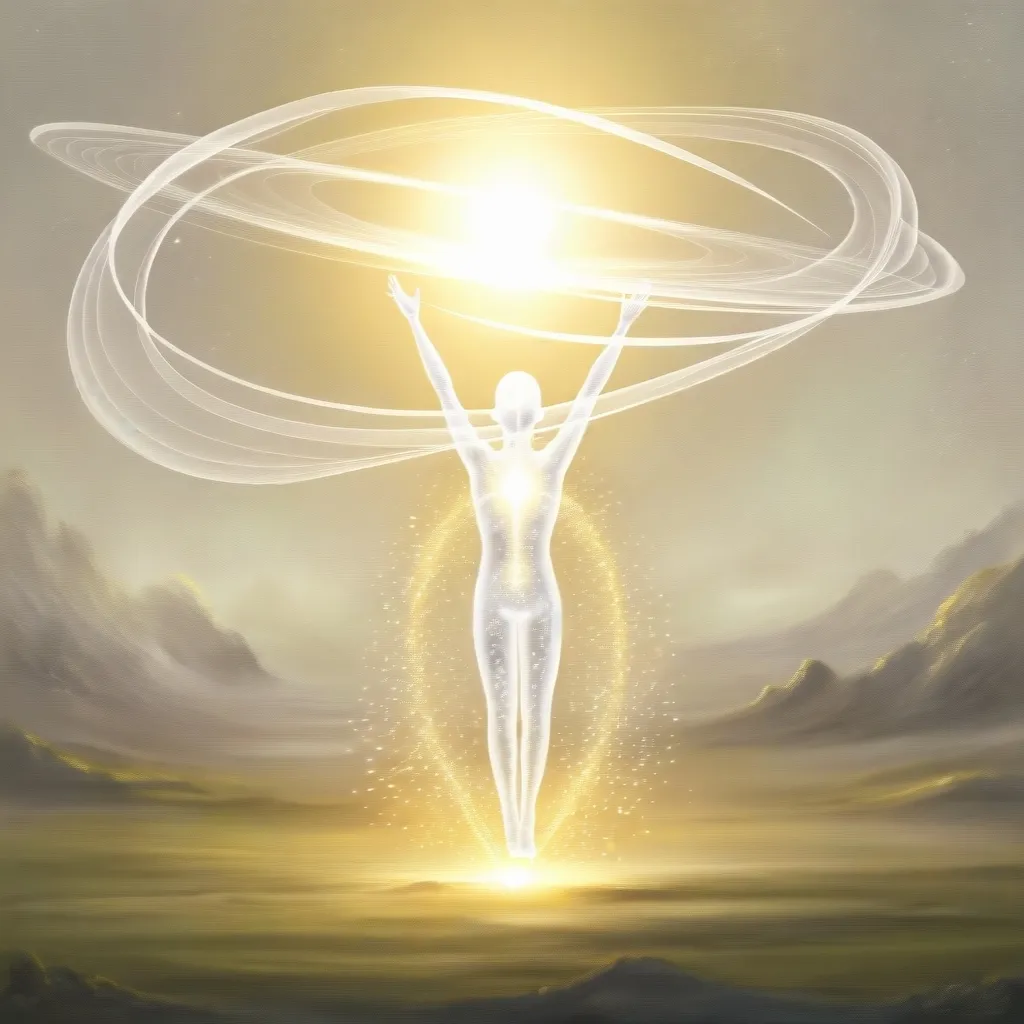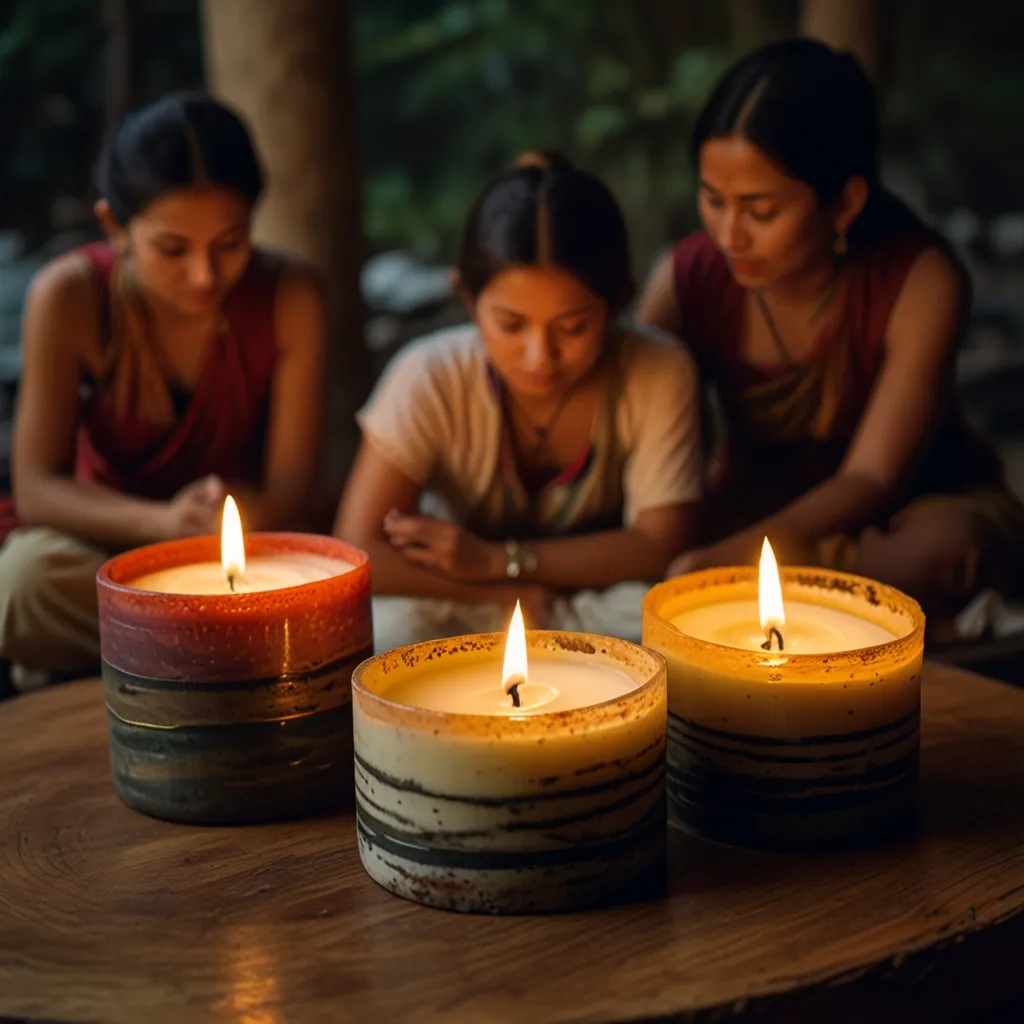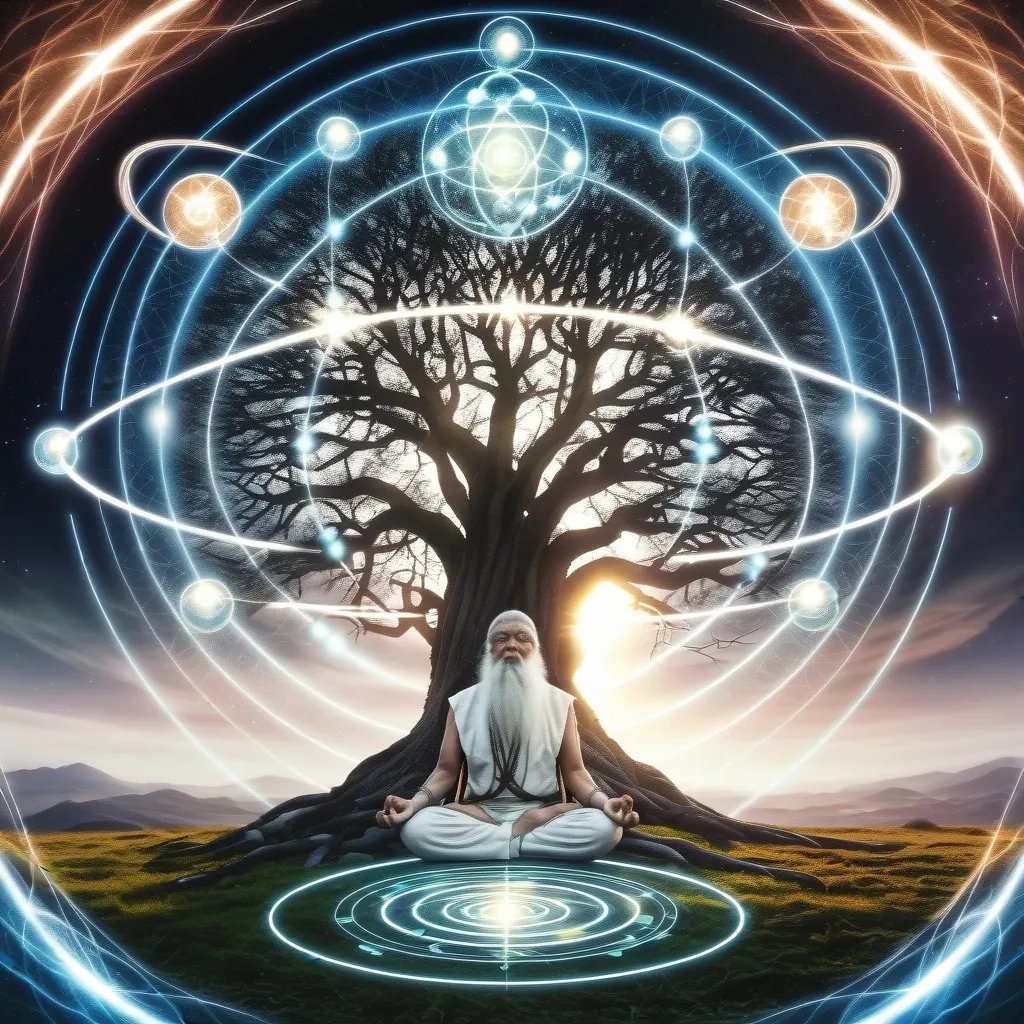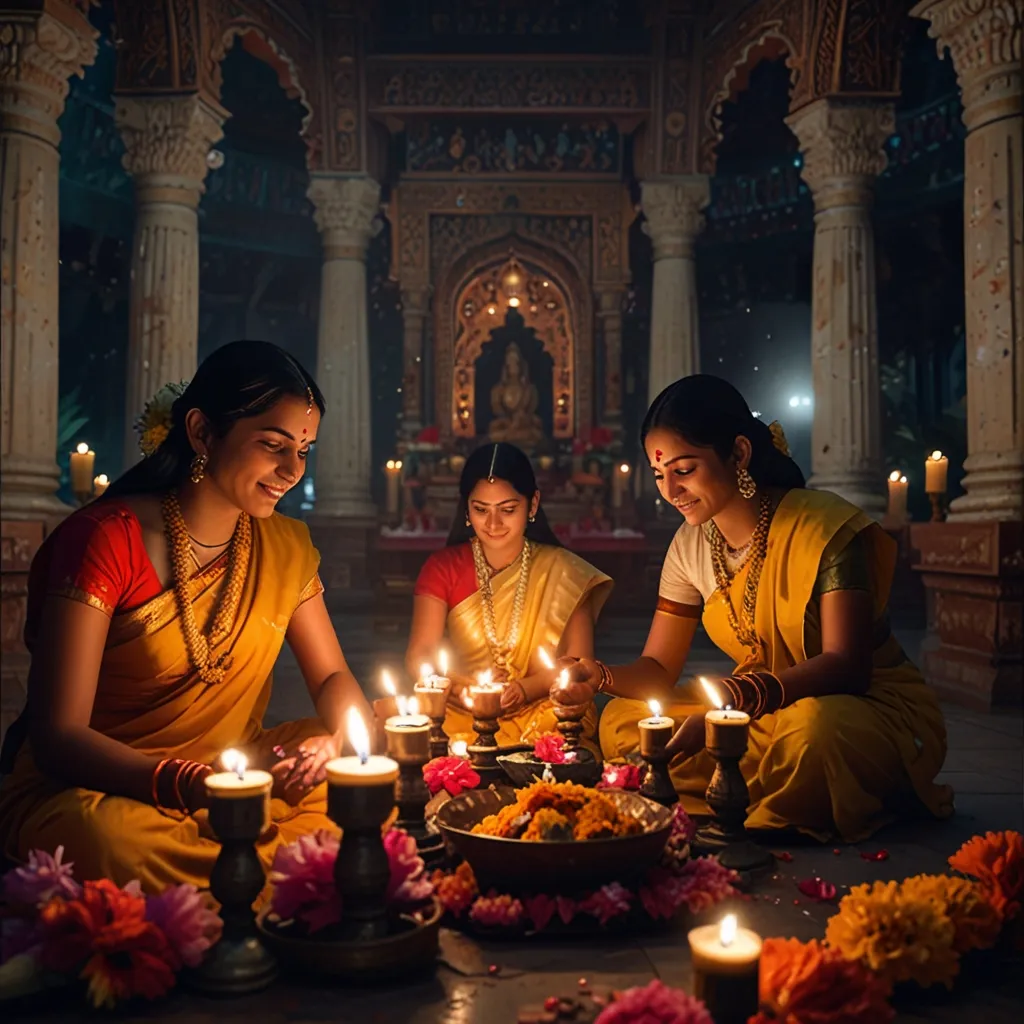In the vivid and intricate landscape of Hinduism, one term emerges as a beacon of ultimate spiritual aspiration: Moksha. This concept, often meaning liberation, is about breaking free from the endless cycle of birth, death, and rebirth, what is known as Samsara. Understanding this goal requires a dive into its foundational principles and the journey one takes to attain it.
It all begins with the notion of Samsara, a cycle at the heart of Hindu philosophy. Souls, or Jivas, find themselves reborn into different forms based on their accumulated karma, a tally of one’s actions and their outcomes. It’s this karma that decides the quality of the next life. Souls, driven by attachments to material desires and a lack of true self-awareness, are entangled in this cycle. The soul, known as Atma, remains immortal and pristine but is caught in Maya’s illusion, binding it to this loop of rebirth.
Breaking free from Samsara is what Moksha is all about—a state where the soul releases itself from karma and material bonds. This liberation is the ultimate freedom, a place where the soul dwells in constant bliss, unified with the Supreme Being. Moksha isn’t just a distant dream; it’s a tangible destination achievable through dedicated spiritual effort and self-discovery.
The journey to Moksha is often outlined in terms of two stages: Jivanmukti and Videhamukti. Achieving Jivanmukti is all about finding liberation while still alive. Those who reach this state, called Jivanmuktas, possess an immense understanding of the universe and have freed themselves from worldly desires. While still inhabiting the physical body, they have detached from the cycle of rebirth. Videhamukti, however, is the liberation achieved after the physical body perishes. Here, the soul finally merges with the Supreme Being, concluding its Samsara journey.
So, how does one approach the path to Moksha? It’s no small feat and demands a deep commitment to spiritual practices. The first move is to detach from the worldly worries and desires. Cultivating a profound understanding of the soul (Atma) and the universe (Brahman) is essential. Performing good karma and fulfilling one’s Dharma, or righteous duty, are also critical steps. These actions serve to purify the soul, setting the stage for its liberation.
Karma’s role is pivotal on the road to Moksha. Each action, whether good or bad, imprints on the soul, shaping future births. By engaging in righteous deeds and avoiding sinful actions, individuals gather good karma, which supports achieving a higher birth and ultimately, Moksha. But the true objective is to surpass karma entirely, understanding that genuine freedom lies beyond the realm of cause and effect.
Another crucial element on this journey is self-realization. It’s about grasping the soul’s true nature and its relation to the universe. Achieving such an insightful state is supported through spiritual practices like meditation, yoga, and deep introspection. Upon reaching enlightenment, an individual feels a profound unity with the Supreme Being, a state often termed Samadhi, synonymous with pure bliss.
Samadhi represents a profound sense of happiness and spiritual triumph. Yet, it stands apart from Moksha. While Samadhi might be a stepping stone towards Moksha, not everyone experiencing Samadhi achieves Moksha. It’s an enlightenment state possible during life, whereas Moksha is the ultimate release from the samsara cycle.
Traditionally, in Hindu practices, rites like Antyeshti Kriya and Dah Sanskar (cremation) hold significant importance for the soul’s journey. These rites, believed to assist the soul’s smooth transition to its next phase, ensure the departed’s energy is appropriately released. Proper execution of these rites might aid in the soul’s liberation, although Moksha is more about spiritual practice than rituals alone.
In today’s modern world, Moksha remains a compelling spiritual quest. Amid the search for deeper meaning and satisfaction in life, the idea of liberation from birth and death’s cycle greatly resonates. Many contemporary spiritual practices, such as yoga and meditation, find roots in ancient principles aimed at achieving Moksha. They help people detach from material cravings, nurture self-awareness, and ultimately reach a higher state of consciousness.
Ultimately, Moksha is not merely a spiritual concept—it is a living, breathing aspiration for countless individuals. Representing the ultimate emancipation from Samsara, it’s a state where the soul unites with the Supreme Being in eternal joy. Through self-realization, detachment from material desires, and the accumulation of good karma, people can embark on this motivating journey to Moksha. This ancient yet continuously relevant pursuit serves as both an inspiration and a guiding light for seekers on the path to liberation and enlightenment.






